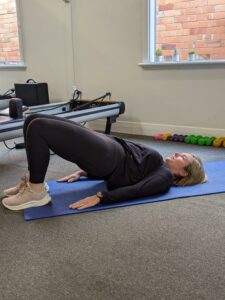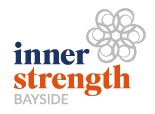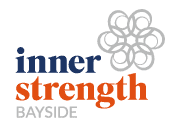A physio’s guide to getting ready to ski/ snowboard this winter
Winter is coming and if you are planning a trip to the mountains to hit the slopes you may want to start thinking about how you might best prepare your body.
Skiing and snowboarding are physically demanding sports no matter what level you are at and there are many injuries that can occur while on the slopes, some of these more avoidable than others.
Regardless of your ability level or whether you choose to ski or board, to ensure you get the most out of your trip, it is important to strengthen your core and lower limbs. Preparing your body as best you can will help you feel better when you are on the slopes, recover better and help to prevent injuries, specifically knee injuries such as ACL tears or ruptures, meniscal injuries and other knee sprains and tears.
What you can do to prepare to ski/ snowboard:
- Your buttocks, quads, and hamstrings muscles are all incredibly important for both skiing and boarding. Ensure to work all of these muscle groups in your preparation.
- Ensure to include both single leg and double leg loaded exercises. Also challenge your balance in these positions by using wobble boards, discs, foam or, if you have none of these, a pillow.
- Don’t forget to work on your core. A strong core will make life easier for your legs, help with endurance on those longer runs and aid in injury prevention.
- Do some cardio too! Cycling and running are great to build up leg muscle endurance while getting some cardiovascular fitness at the same time.
- Aim to train your legs for at least 6 weeks prior to hitting the slopes.
Best exercises to get you going:
There are numerous exercises that you can do to help strengthen in preparation for hitting the slopes and this will all depend on your skiing ability and goals, but here are a few to get the ball rolling.
- Bridging: Lie on your back with your knees and hips bent and your feet hip width apart. Push through your feet and squeeze through your buttocks muscles to lift your pelvis and lower back off the floor. You can also make this more challenging by putting your feet on a fit ball or doing single leg bridging.
- Squats: Ensure to watch your technique and ensure to keep your knees apart. You can even add a theraband around your knees for a little extra gluteal activation. For higher intensity, jump squats or lateral ski jumps are a great progression.
- Single Leg squats: Try to do these in front of a mirror to ensure your alignment and technique is correct. You can progress these and challenge your balance on some foam, a wobble disc or even a pillow.
- Lunges/ walking lunges: Ensure to get your technique correct without walking first. Best to try in front of a mirror as this will give you the best feedback. Switch on your core to avoid tipping your torso when you lunge.
- Planks/ mountain climbers: If you are new to planks, start on your elbows and knees and gradually progress onto your toes and hands. Aim for 30-60 second holds. Mountain climbers will really get your core working hard but you will need to be able to hold a plank position first.

These are by no means the only exercises you can and should be doing, but it is a good start. Pilates is also a great way to improve both leg and core strength in preparation for hitting the slopes.
When you are on the slopes:
- Warm up, stretch and cool down.
- Check your equipment is functioning properly e.g. bindings are set to your weight and height so that they will release when they need to and help avoid knee injuries.
- Correct technique: if you don’t know, take lessons. It is harder than it looks!
- Follow Mountain safety signs!
If you are carrying an injury, would like more individualised advice on how to best prepare your body, or are interested in starting Pilates prior to your upcoming snow holiday, call the clinic or book online with one of our physiotherapists.
Written by Caitlin Collenette, Physiotherapist.


